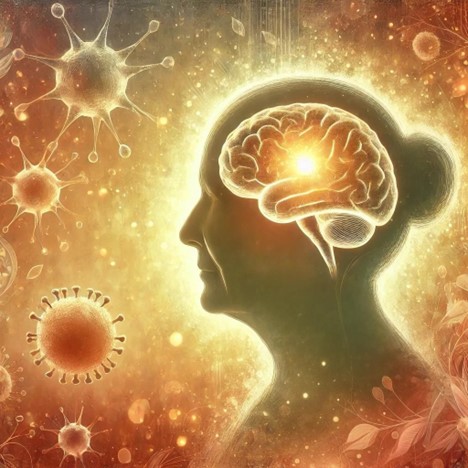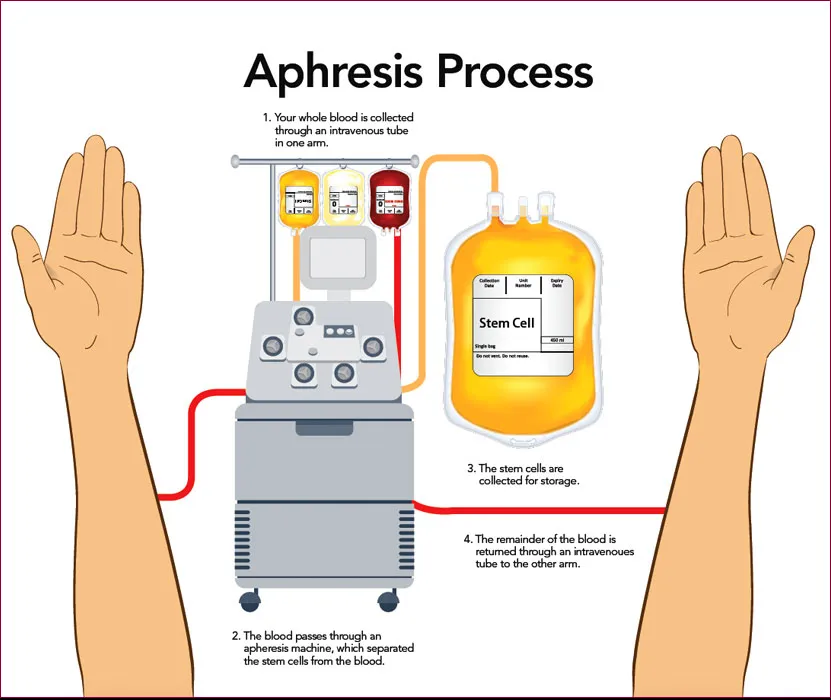Young Immune System and Alzheimer’s Disease
By Dr. Kurt Whittemore, PhD and Dr. Dipnarine Maharaj MD, FACP

As we age, our immune system becomes less functional. Mounting evidence suggests that the immune system plays an important role in preventing Alzheimer’s disease. Alzheimer’s disease affects approximately 5.8 million Americans and leads to memory loss and cognitive decline in regions of the brain involved in thought, memory and language. One type of immune cell known as microglia helps remove amyloid beta plaques that accumulate in the brains of Alzheimer’s patients. Inflammation caused by the immune system can also contribute to Alzheimer’s, and aged immune systems cause more inflammation.
A recent article in Science Advances published in May 2024 tested the hypothesis that Alzheimer’s disease-like symptoms can be ameliorated in mice by rejuvenating the immune system1. Unlike humans, normal mice don’t develop Alzheimer’s. Therefore, in the study they used the APP/PS1 mouse model which harbors two human mutant genes which can lead to the development of amyloid plaques and Alzheimer’s-like symptoms in mice. In the study, they rejuvenated the immune system by taking the hematopoietic stem cells (HSCs) from the bone marrow of young mice (2 months old) and transplanted them into old mice (9 months old). These HSCs can differentiate into all of the different cell types of the immune system.
The researchers observed many benefits from young bone marrow transplantation (BMT). The young BMT restored the gene expression profile of immune cells back toward a more youthful state, particularly in monocytes. Monocytes are part of the innate immune system, and they travel through the blood until they differentiate into macrophages in different tissues or microglia in the brain. During aging, a senescence associated secretory phenotype (SASP) can be observed in which inflammatory cytokines and proteins are secreted. The young BMT down-regulated more than half of the aging-related SASP proteins. Young BMT also restored the impaired amyloid-beta phagocytosis capacity of monocytes in the blood and resulted in fewer amyloid beta plaques in both the brain and the blood plasma (amyloid beta is not only found in the brain but leaks into the blood plasma as well). Neuroinflammation was also decreased and there were increased levels of the anti-inflammatory cytokine IL-10. Most importantly, the young BMT treatment resulted in improved cognitive performance in the mice as assessed by the Y-maze test and other behavioral tests.
While the results of the study are exciting and highlight the impact that a young immune system can have on treating Alzheimer’s disease, it is unlikely that young bone marrow transplantation would be a treatment for human Alzheimer’s patients any time soon. This article was more of a proof-of-principle study. However, there is a way that the immune system can be rejuvenated to a young state in humans today, and the Maharaj institute provides this service. Stem cell banking allows you to collect stem cells from your own blood while you are young and healthy and store or “bank” these stem cells for later use. You can bank these stem/immune cells when you are younger and then inject them back into yourself when you are older, thus rejuvenating your immune system and ensuring a perfect donor match.
If you would like more information about how you could bank your own stem cells, please contact the Maharaj Institute today (office@bmscti.org or 561-752-5522).
References
- Sun, P.-Y. et al. Rejuvenation of peripheral immune cells attenuates Alzheimer’s disease-like pathologies and behavioral deficits in a mouse model. Sci Adv 10, (2024).
- Conboy, I. M. et al. Rejuvenation of aged progenitor cells by exposure to a young systemic environment. Nature 433, 760–764 (2005).
- Villeda, S. A. et al. Young blood reverses age-related impairments in cognitive function and synaptic plasticity in mice. Nat Med 20, 659–663 (2014).
- Katsimpardi, L. et al. Vascular and neurogenic rejuvenation of the aging mouse brain by young systemic factors. Science (1979) 344, 630–634 (2014).
- Mccay, C. M., Pope, F., Lunsford, W., Sperling, G. & Sambhavaphol, P. Parabiosis between Old and Young Rats. Gerontology 1, 7–17 (1957).
- Horvath, S. et al. Reversal of biological age in multiple rat organs by young porcine plasma fraction. Geroscience 46, 367–394 (2023).
- Middeldorp, J. et al. Preclinical Assessment of Young Blood Plasma for Alzheimer Disease. JAMA Neurol 73, 1325 (2016).
Request An Appointment
Please fill out the form to request an appointment. We will contact you shortly to confirm the exact day/time.



